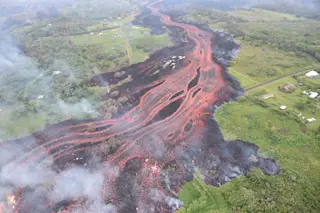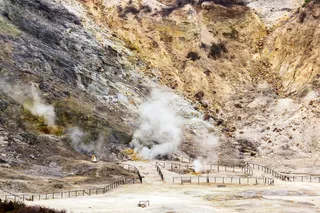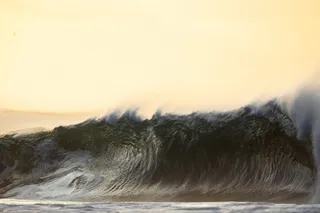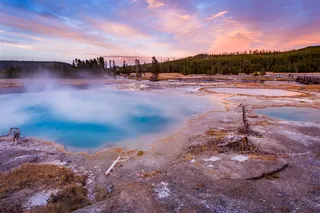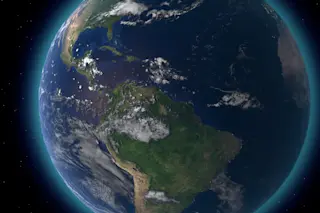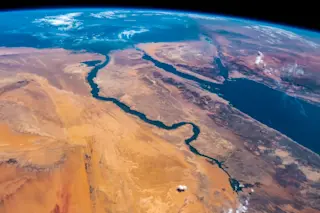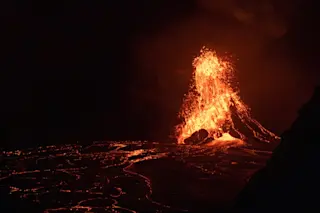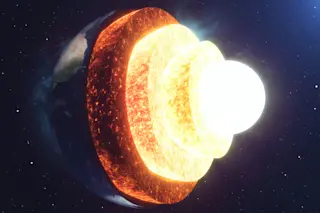Lava flows from fissures 16-20 moving across the landscape on May 19, 2018. USGS/HVO. The eruption at Kīlauea had a number of firsts over the weekend, some of them quite significant. The style of eruption continued much the same as we've been seeing: lava flows, fountaining and spatter in the lower East Rift zone near Leilani Estates and intermittent explosions from the summit caldera. However, the nature of the former has changed over the last few days. Lava reaches the ocean For the first time in this eruption, lava has reached the ocean. The lava flows produced by fissures 17-20, erupting on the eastern site of the Puna Geothermal Venture, have been quite vigorous and fast-moving, suggesting that the lava may be hotter and less viscous (more on this below), so instead of chunky a'a flows, we've been seeing lots of pahoehoe flows. These flows seem to move like streams ...
Kīlauea's First Ocean Entry, Injury and Andesite of 2018
The Kīlauea eruption showcases lava flows reaching the ocean, marking significant geological developments in the lower East Rift zone.
More on Discover
Stay Curious
SubscribeTo The Magazine
Save up to 40% off the cover price when you subscribe to Discover magazine.
Subscribe

